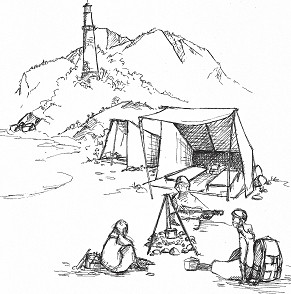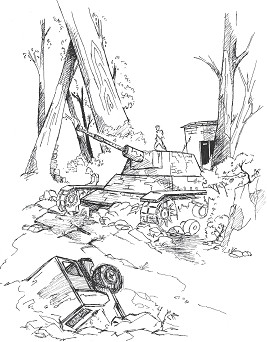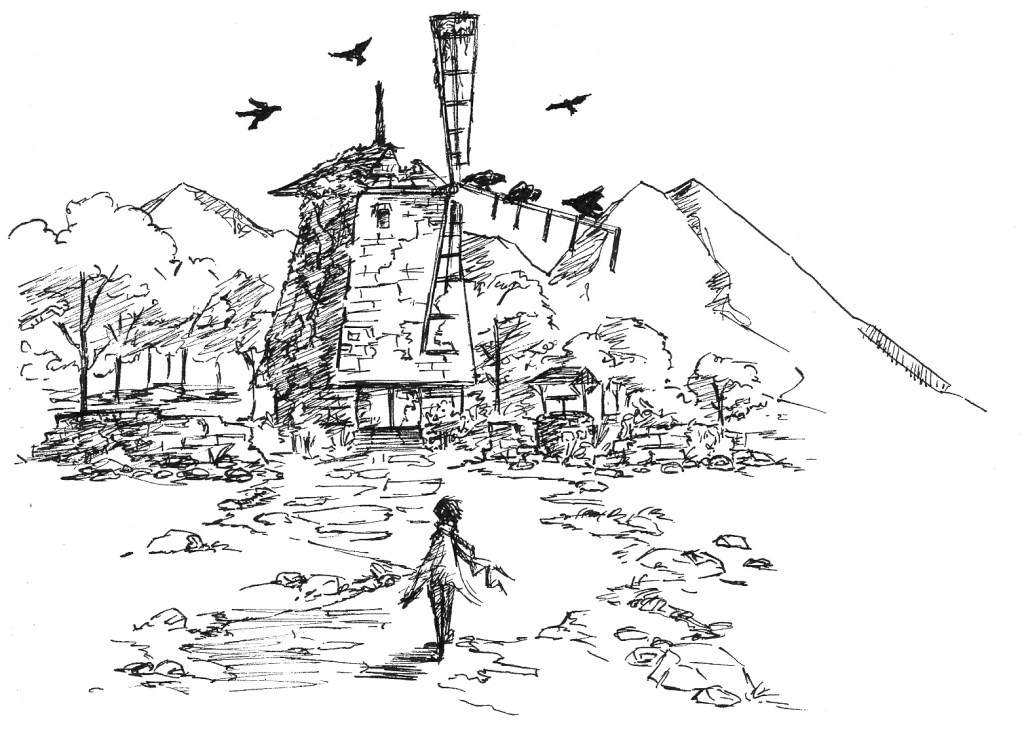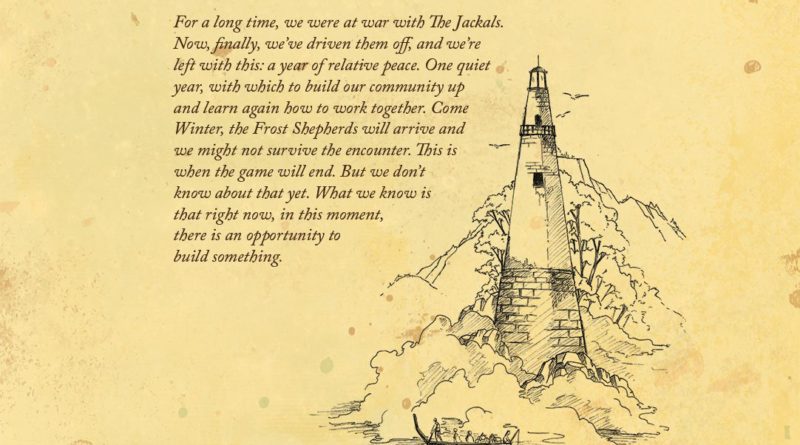RPG Review: The Quiet Year
The Quiet Year is a game about communities, how they are built, how they last, and how they fall.
 As you gather around the table, you’ll find this RPG is really, really different than your mainstream fare. You aren’t playing a character, but playing a community with your fellow players. The game has no game master, no moderator. The players moderate the game themselves. The game takes place around a community which is surviving after some sort of terrible apocalypse.
As you gather around the table, you’ll find this RPG is really, really different than your mainstream fare. You aren’t playing a character, but playing a community with your fellow players. The game has no game master, no moderator. The players moderate the game themselves. The game takes place around a community which is surviving after some sort of terrible apocalypse.
The entire game contains a rulebook and a deck of cards, and is designed by Avery Adler, the mind behind Monsterhearts. You’ll need to provide a single blank piece of paper and a pencil. The deck is 52 cards and contains four suits, Spring, Summer, Autumn and Winter. Each card represents one week. This, of course, means that if you pick up the PDF instead of the physical game, you can use a standard deck of cards, though I wouldn’t recommend it, because the cards and book have a great handfeel to them.
Each turn you will draw from the deck, which has been organized with Spring cards on top, followed by Summer, Autumn and Winter. One of the Winter cards depicts the Frost Shepherds, who arrive at your settlement and end your civilization and the game. You don’t know when they’ll arrive (the characters in your settlement have no idea the Frost Shepherds are even coming), but you know they’ll be along sometime in winter.
The blank paper represents your settlement. The players are dispassionate eyes looking over the village, while caring about the people and relationships they develop. Players will begin by choosing what the village has that’s important to the settlement. You’ll each take turns drawing on some features before the game begins, but once it begins, the map will pass around the table. Each card will give you the choice between two different questions to answer, such as: “There is a disquieting legend about this place. What is it?” or “Alarming weather patterns destroy something. How and what?”
 When you answer that question, you’ll talk about it with the other players, develop the story of that week’s event, and draw something on the map representing it.
When you answer that question, you’ll talk about it with the other players, develop the story of that week’s event, and draw something on the map representing it.
Each turn the active player will choose an action to take. They may create a new project such as building fences, digging a well, or something of the sort; when they do so, they’ll determine how many weeks it will take and mark down how long until the project is complete. They can discover something new, which can help introduce new challenges to the community. They can also begin a discussion, where they can bring up a topic among the villagers and see what everyone else thinks (an example from the rulebook: Should we retaliate against the bikers?)
Spring is a time of development, where you’ll plan relationships and flesh out what your group cares about. In Summer, threats become greater, but the projects the community works on become more involved. In Autumn, failures and contention becomes worse. In Winter, the community comes together to prepare and keep one another safe and warm, unaware the Frost Shepherds are arriving.
We don’t know what the Frost Shepherds are. The rules don’t explain that. I’ve heard of one one game where the Frost Shepherds represented the community’s growing resentment with each other, and the community collapsed right when it most needed to stay together. For others, it may be the arrival of a zombie horde or a roving gang of marauders. It’s up to the players to decide.
This game is a stunning and dramatic feat. You care as you watch your community develop and sadly fall. It’s so simple, and plays from beginning to end in a single session. If you’re a fan of Fiasco, you’re going to like this one, though it has a more serious edge, because you’re not playing a bunch of screw-ups, you’re playing survivors. Characters will develop, they’ll be betrayed. The community could split down the middle. It’s all in service to a brilliant story. I highly recommend picking this up now.
You can get the PDF or print version here. As I said, I highly recommend the physical copy.


